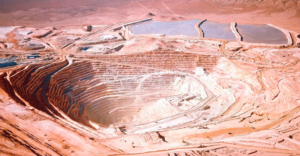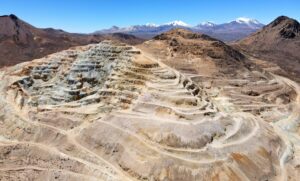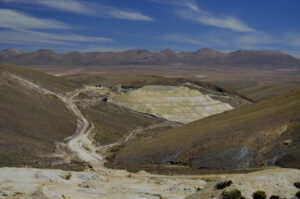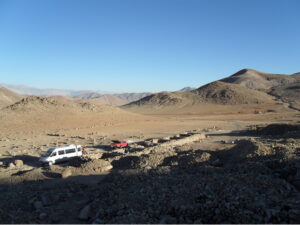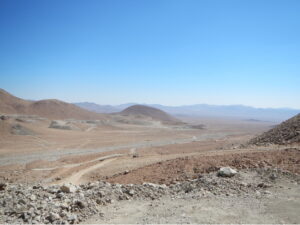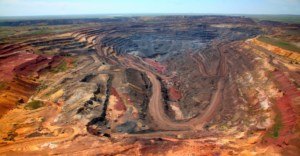
- Mexico | 5 May 2016
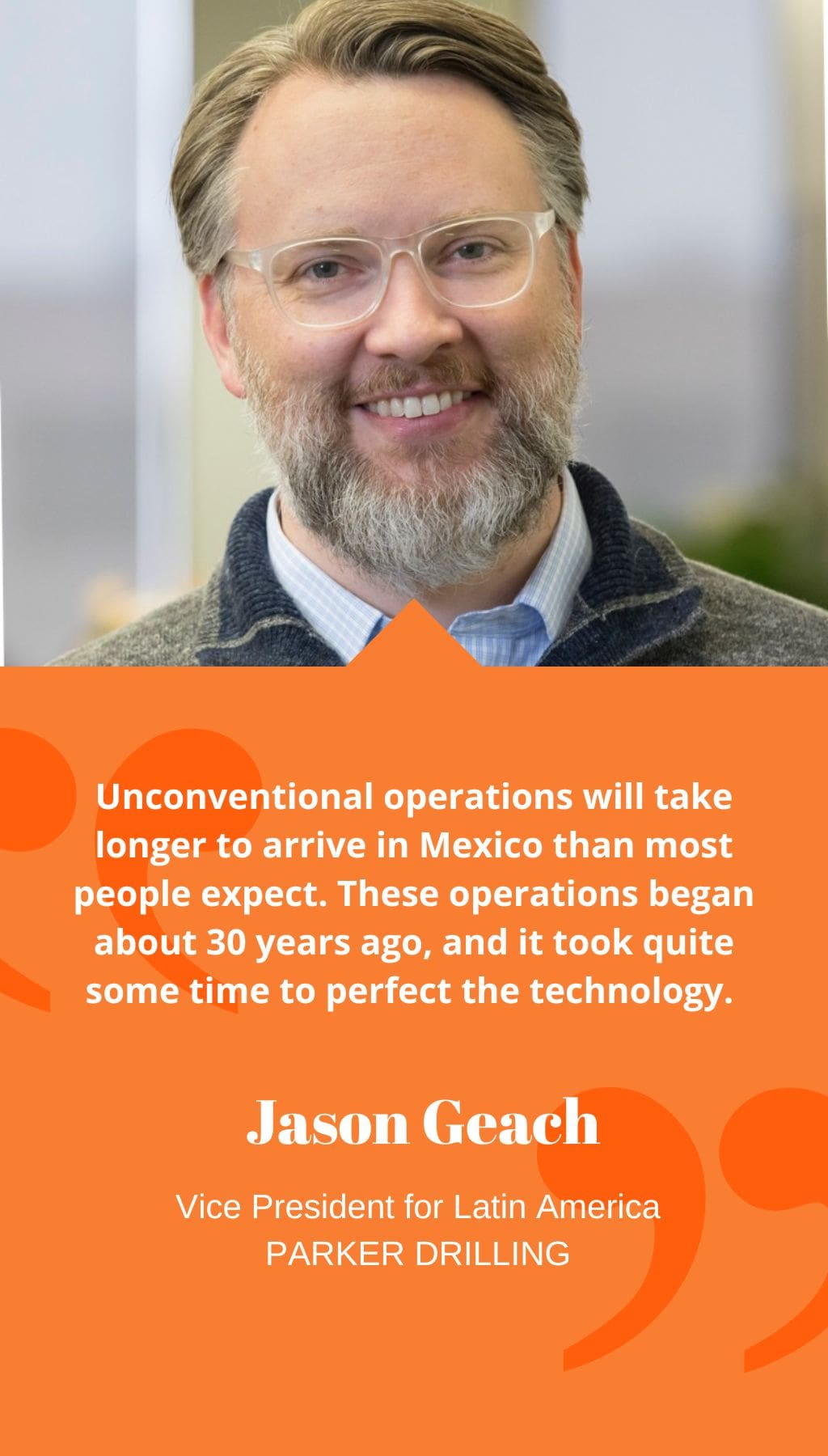
What is the history of Parker Drilling?
Parker Drilling was founded in late 1934, and we have been in operation for 80 years. We have been in Latin America since 1945, when we arrived in Venezuela, and we have been entering and leaving many countries over time. In 2013, we acquired International Tubular Services (ITS), which is our international tool and rental services company. ITS is a sister company of Quail Tools, our US-based tool rental business, which we acquired in 1996. We operate in 24 countries worldwide, focusing on Mexico in Latin America, where we have six platforms, and Colombia, where we have three platforms. Regarding rental services, we have warehouses in Poza Rica, Villahermosa, and Reynosa, Mexico, as well as in Neiva, Colombia. We also have a rental service in Trinidad. We have 22 platforms worldwide, 21 of them land-based, and one arctic-class barge rig in the Caspian Sea. We have 13 barge rigs in the Gulf of Mexico, as well as two land rigs in Alaska and four operations and maintenance contracts worldwide. Additionally, we have eight rental facilities in the United States and several others worldwide. Our focus internationally has always been that of a land-based drilling contractor.
Could you give us more details about your operations in Mexico?
Internationally, we focus on our high-tech, fast-moving land platforms. In Mexico, we have two platforms that use frequency converters, which represent the most advanced technology. Currently, we have two clients in the country; one of them works in the Mesozoic Basin, which presents many difficulties. We do deep drilling, which sets us apart from other contractors. We have a 2,000-horsepower platform that drilled a 7,092-meter well, one of the deepest land-based wells drilled in Mexico. We have another client in Coatzacoalcos where we are drilling for salt. In Mexico, we have 266 employees in the drilling area and 90 people in the rental area.
Considering your experience in shale, what growth potential do you see in this area in Mexico?
Unconventional operations will take longer to arrive in Mexico than most people expect. These operations began about 30 years ago, and it took quite some time to perfect the technology. In Argentina, their rollout is also taking longer than expected due to the lack of infrastructure and the resulting high cost per well. Most of Mexico’s shale is located in the northern regions, which are the least stable from a social perspective.
Do you have any strategy to work again with Pemex?
We have actively followed Pemex’s bids. The bidding process is difficult, and in some cases, we did not have enough available platforms to form a package. Any relaxation in Pemex’s bidding process would be welcome. Every time a big company, not just national oil companies, conducts a bid, that implies a learning curve for suppliers. We will not enter the market for self-elevating platforms or drilling ships. I see that most international activity will be joint ventures with Pemex in maritime projects, so we will try to increase our rental and service division rather than drilling. In the future, most land opportunities will remain with Pemex. If they operate them through integrated project contracts, we will continue to participate in this business. I do not think international companies will enter the land business until shale technologies and social issues are adequately resolved.








